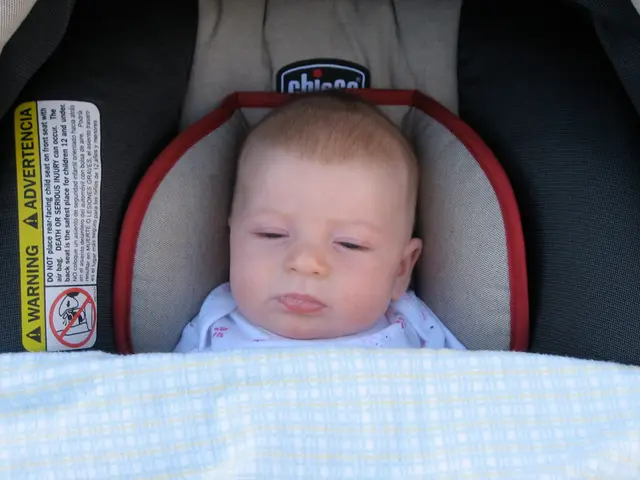Strategies for Healing Childhood Trauma: Pathways to Emotional Wholeness
Navigating the Journey of Healing from Childhood Trauma
Childhood trauma, often resulting from abuse, neglect, or witnessing violence, can significantly impact a child's growth and future mental health. It's estimated that approximately a quarter of children in the United States experience trauma before the age of five, according to research published in Child Abuse & Neglect in 2021.
The effects of trauma can linger into adulthood, interfering with emotional regulation and increasing the risk of mental health issues such as anxiety and PTSD. High Adverse Childhood Experiences (ACE) scores, indicative of a higher number of adverse childhood experiences, are often associated with future mental health problems. Furthermore, research in Neuropsychopharmacology shows that the brains of trauma survivors may exhibit overactive amyggalas and underactive prefrontal cortexes, affecting emotional regulation.
Prioritizing emotional well-being is essential, as it plays a crucial role in managing emotions, building relationships, and navigating life's challenges. A good mental health is not just the absence of mental illness, but the ability to thrive, see potential, and work productively, according to the World Health Organization.
The path to healing from childhood trauma is unique but universal in some ways. Seeking professional help, such as trauma-focused cognitive behavioral therapy (TF-CBT), eye movement desensitization and reprocessing (EMDR), and exposure therapy, is vital. Counseling monitored by experts like cognitive-behavioral therapy (CBT) and EMDR demonstrate significant improvements for conditions like PTSD and depression. Establishing a support system consisting of family, friends, and, when necessary, support groups can also provide emotional sustenance.
Regular mindfulness practices, such as meditation, deep breathing, and focusing on the present moment, help individuals stay grounded and reduce anxiety and depression symptoms. Maintaining a healthy lifestyle, including regular physical activity and healthy routines, further supports emotional well-being.
Setting boundaries, managing behavior, developing emotional literacy, and expressing oneself are essential coping mechanisms, and they can be honed through therapy and self-care. Resilience, or recovering from adversity, is a powerful tool for healing, as it cushions the impact of trauma.
In conclusion, healing from childhood trauma is an ongoing process that involves a combination of therapy, support, mindfulness practices, and self-care. It's not an impossible journey, and embracing healing, growth, and self-compassion can lead to a brighter tomorrow.
The integration of mindfulness practices, such as meditation and deep breathing, within the health-and-wellness regime of trauma survivors can aid in reducing symptoms of anxiety and depression. This, coupled with scientifically-backed therapies like trauma-focused cognitive behavioral therapy (TF-CBT) and eye movement desensitization and reprocessing (EMDR), can significantly contribute to the improvement of mental health, a crucial aspect in navigating the journey of healing from childhood trauma.







